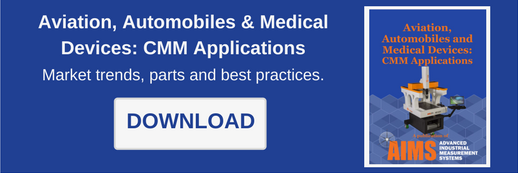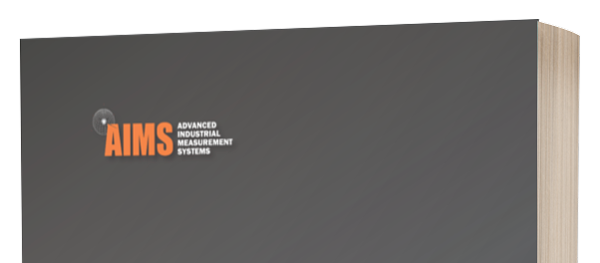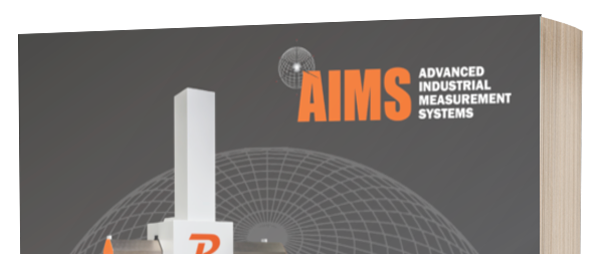
A lot of manufacturers are asking: Is Industry 4.0 actually here? Reports acknowledge that 2017 was “a breakthrough year for digital factory solutions. Additive manufacturing, Industry 4.0, and digital transformation all gained momentum, cementing the need for factory Ethernet if manufacturers want to compete globally.” Predictions for 2018 trends include IT and OT convergence, the rise of smart mechatronics, big data and analytics and the emergence of intelligent automation. So where do coordinate measuring machines (CMMs) fit in?
This month, FFJournal looks closely at this question by examining CMMs and their increasing role in the daily operations of smart production floors. The FFJournal issue also explores the idea of teamwork among companies as a key tool in navigating the Industry 4.0 landscape and fueling growth. Take for example the case of AIMS Metrology, Renishaw and Meyer Tool, highlighted in FFJournal.
Until recently, your garden variety 3-axis CMM could handle most inspection requirements. Not so in a smart factory environment, with its slower cycle times and lack of mobility. AIMS saw the need for a versatile, cost-effective CMM that could help manufacturers process big data and perform complex part inspection in an IIoT (Industrial Internet of Things) world.
AIMS paired its machine designs with Renishaw’s PH20 5-axis probe head to produce the industry’s first 5-axis mobile CMM - the Revolution HB. Beau Easton, owner of Meyer Tool Inc., was intrigued by this 5-axis workhorse and went on to became an early adopter of the machine. In FFJournal, Easton discusses the way his IIoT-ready company incorporated the tool into production cells to perform multiple tasks (see article for the details).
The consensus is that the CMM is proving its mettle, but I recommend manufacturers also examine how this type of equipment will fit into a supply chain that continues to evolve. With the advent of the cloud, part designs are already stored digitally. It will soon be common for manufacturing companies to match their digital designs to their digital inventory and make parts.
Near-net-shape casting (NSC) is a family of techniques that produce parts with the correct shape and surface quality that closely matches the finished design. NSC supports Industry 4.0 initiatives but is also considered a green process because it reduces scrap. Conventional methods often remove as much as 80 percent of the metal from a part before it’s complete.
The CMM also contributes to scrap reduction. The mobility of the Revolution HB and the 5-axis capability of its PH20 probe head allow the unit to be moved to any job for in-process inspection. The HB’s Renishaw open architecture controller and Modus software makes it possible for the CMM to talk to other machines and facilitate the flow of data to ERP and SPC systems. This provides a feedback loop to the machinist that lets them know whether parts are meeting a customer's specifications, allowing for quick adjustments. Without the CMM’s immediate feedback, parts out of spec may not be discovered until a production run is complete.
Reshoring, additive manufacturing and requests for 100 percent inspection make a mobile 5-axis CMM invaluable to a job shop. Mobile CMM also positions fabricators for the rapid technology changes that are coming. Deloitte predicts that by 2020, more than 250 million vehicles will be connected globally, with the number of installed connectivity units in vehicles worldwide increasing by 67 percent and consumer spend on in-vehicle connectivity doubling. But it won’t stop there. Sensors in cars are already conditioning drivers to trust them, opening the door for automated operation. We won’t get there by standing still. As a programmable gauge, the mobile 5-axis CMM equips manufacturers to adapt to rapid changes and gives them the momentum to keep moving forward. Of course it’s never one size fits all. The customer, the part and the industry make each situation unique. And that’s where collaboration and partnership -like the one between AIMS, Renishaw and Meyer Tool - can make the difference.


